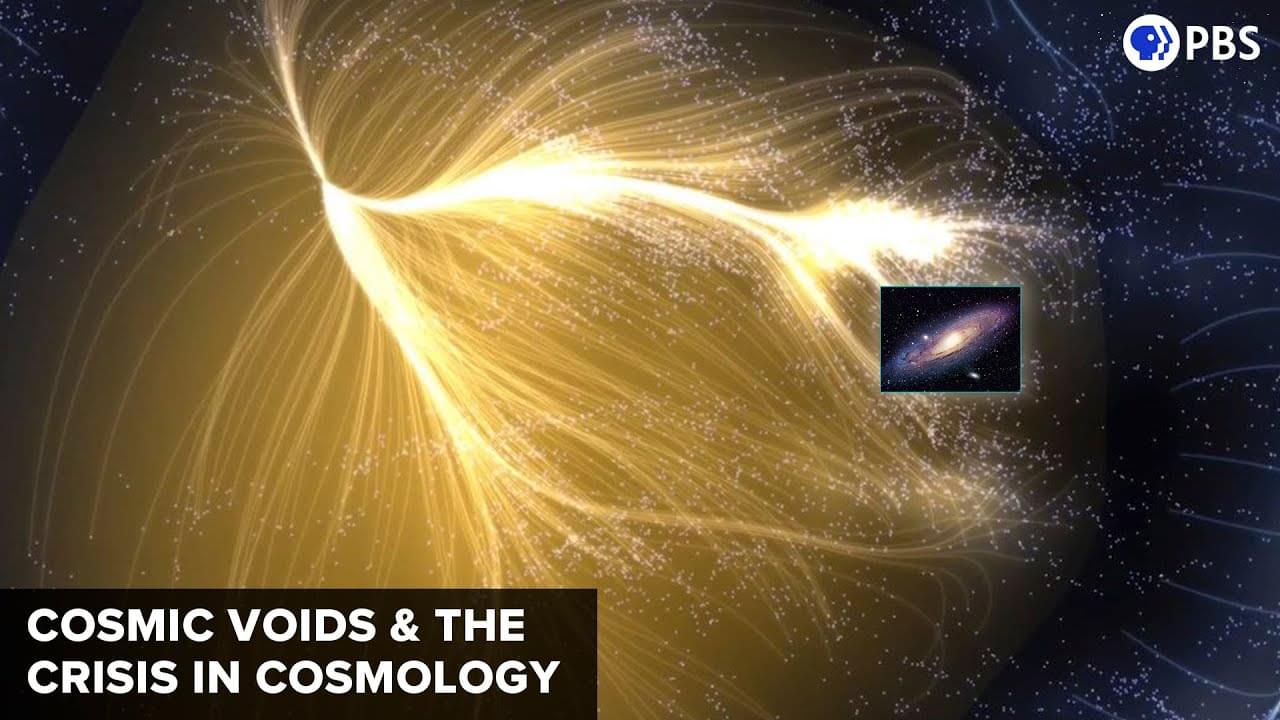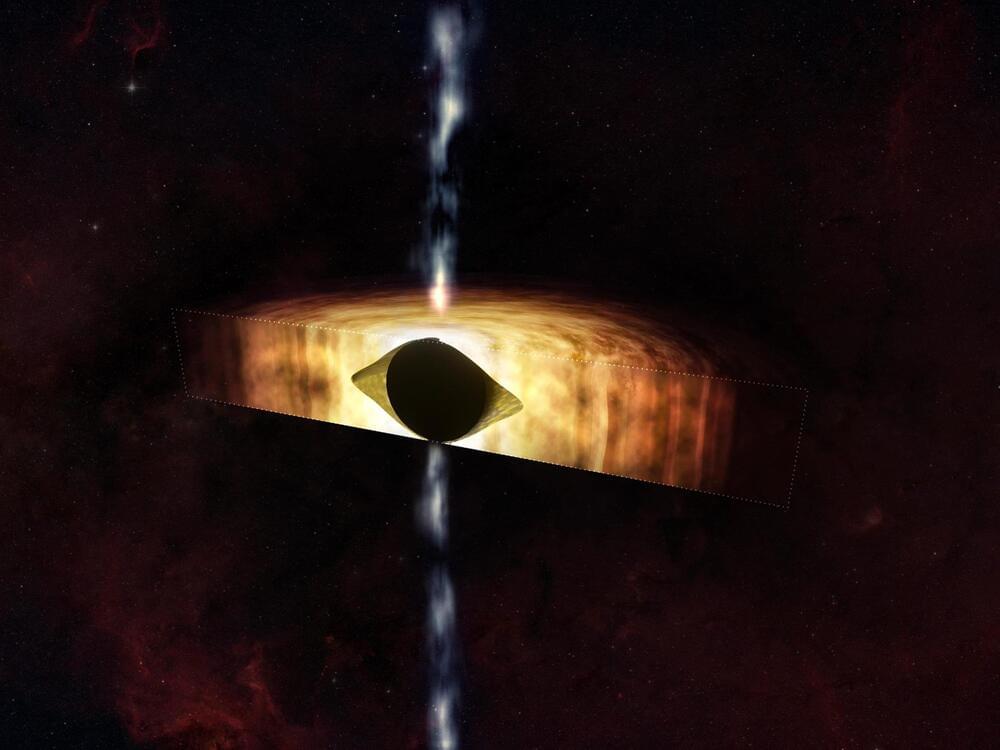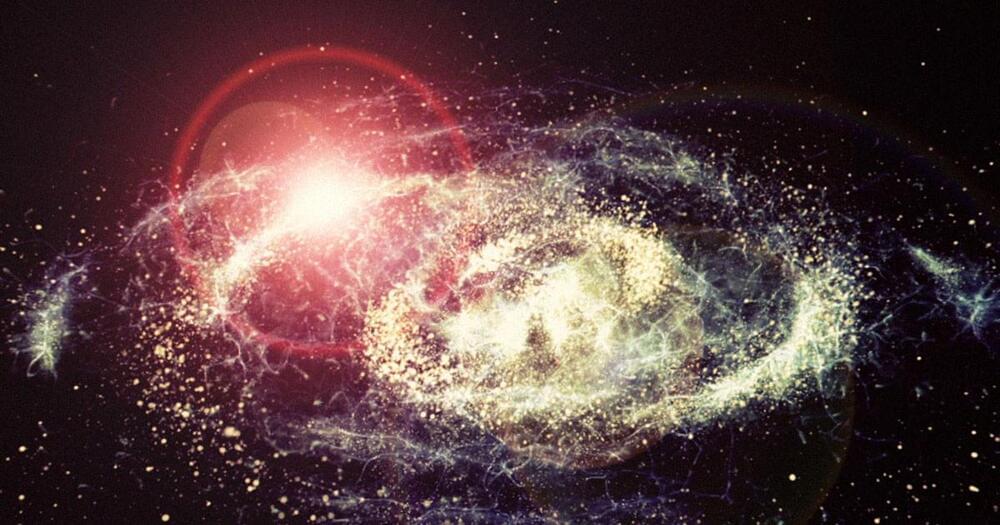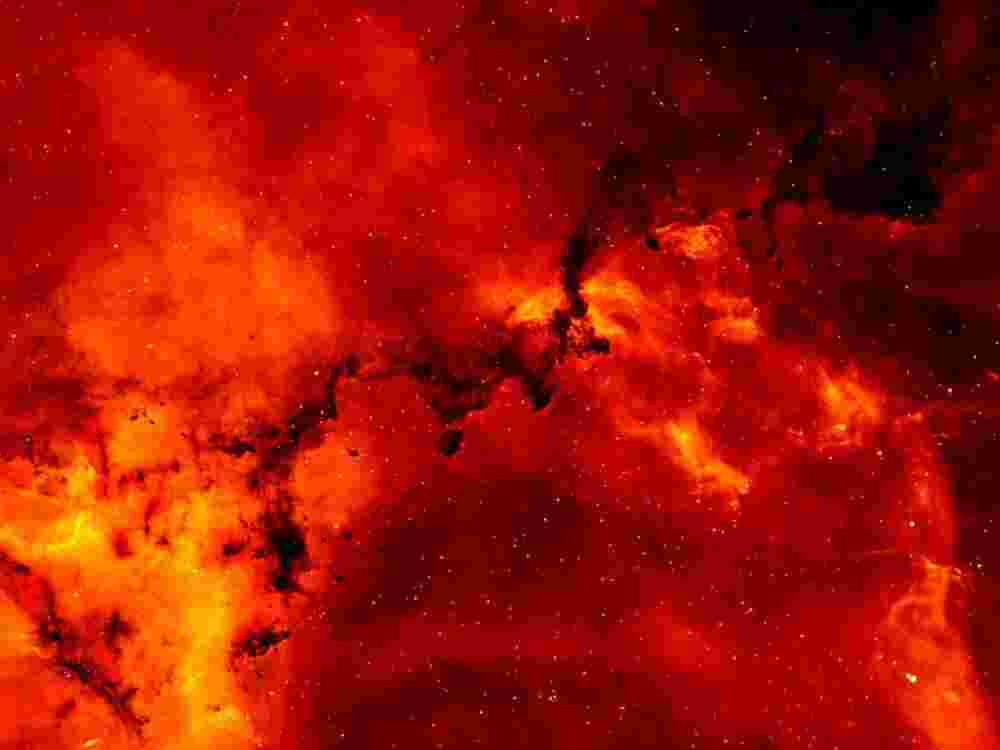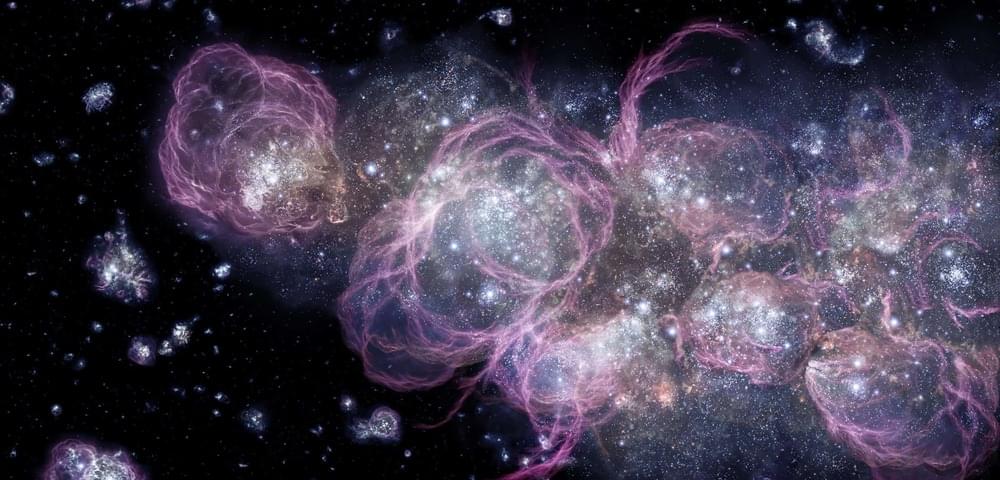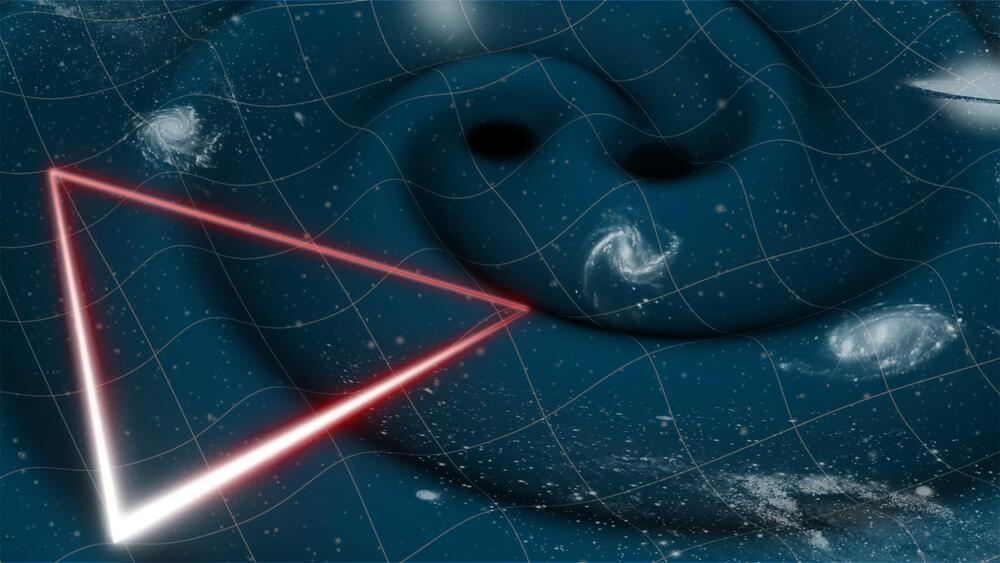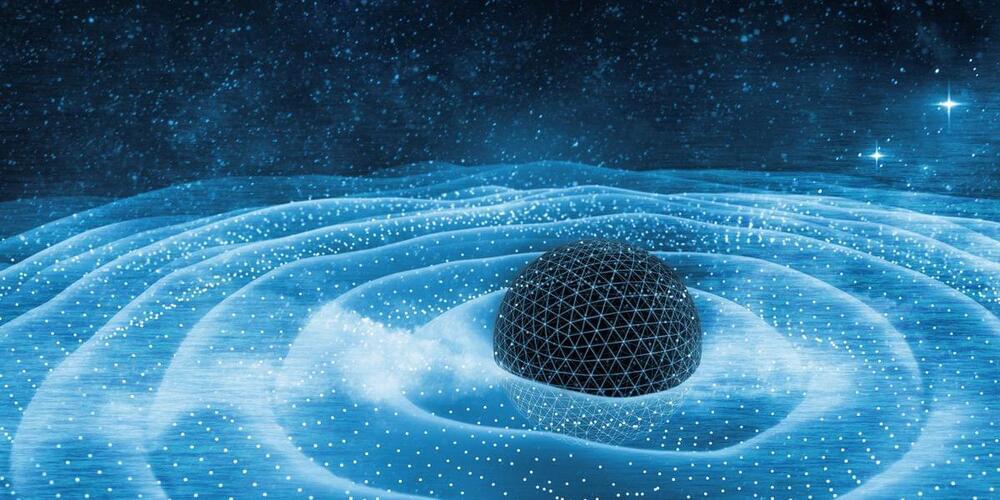
The Subaru Telescope has spotted the terminal ends of dark matter filaments in the Coma cluster stretching across millions of light years. This is the first time that strands of the cosmic web spanning the entire universe have been directly detected. This provides new evidence to test theories about the evolution of the universe.
In the solar system, we are used to seeing matter gathered into round objects like planets, moons, and the sun. But dark matter, which accounts for most of the mass in the universe, is believed to exist as a web of long thin strands. But like a spider web, these strands can be hard to see, so astronomers have typically drawn conclusions based on observations of galaxies and gas stuck in the web. This is similar to how if you see a dead leaf that appears to hang in midair, you know there is a spider web that you cannot see.
A team of researchers from Yonsei University used the Subaru Telescope to look for direct signs of dark matter filaments in the Coma cluster, located 321 million light-years away in the direction of the constellation Coma Berenices. Their paper, “Weak-lensing detection of intracluster filaments in the Coma cluster” is published in Nature Astronomy.
